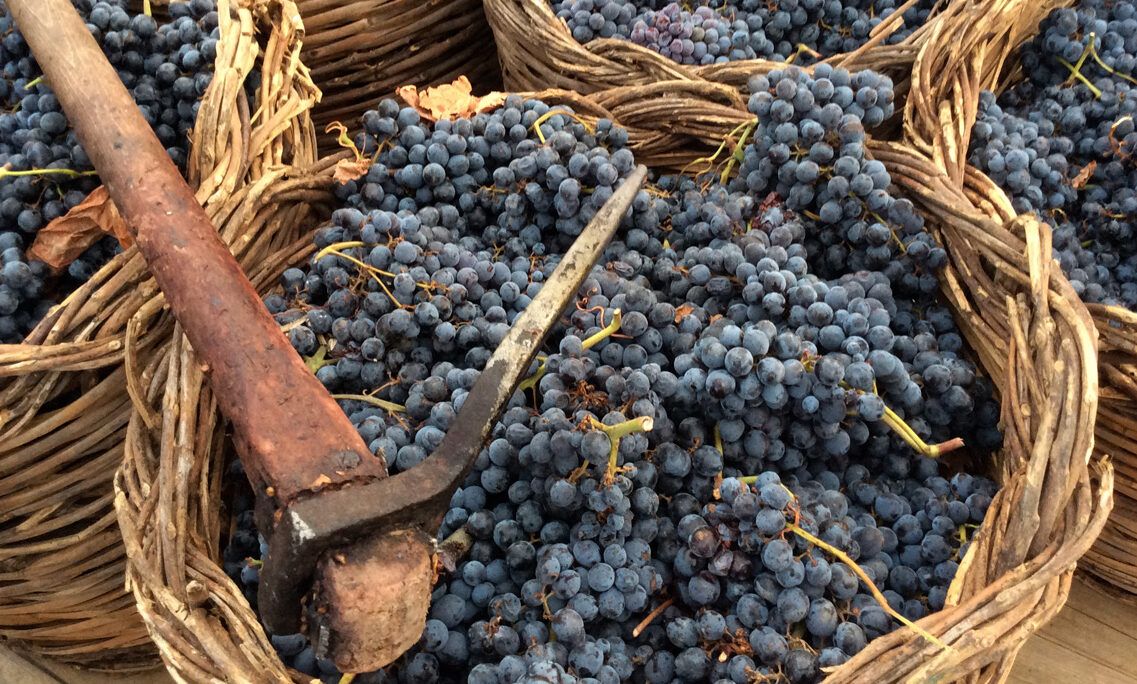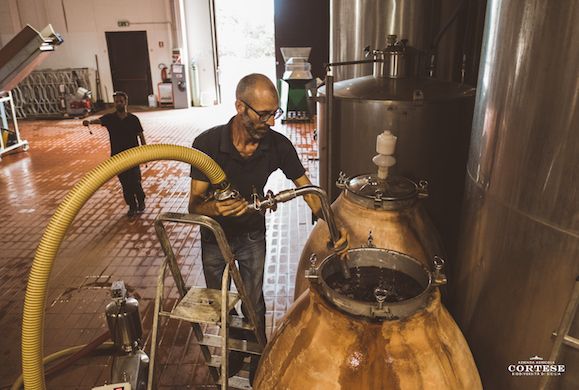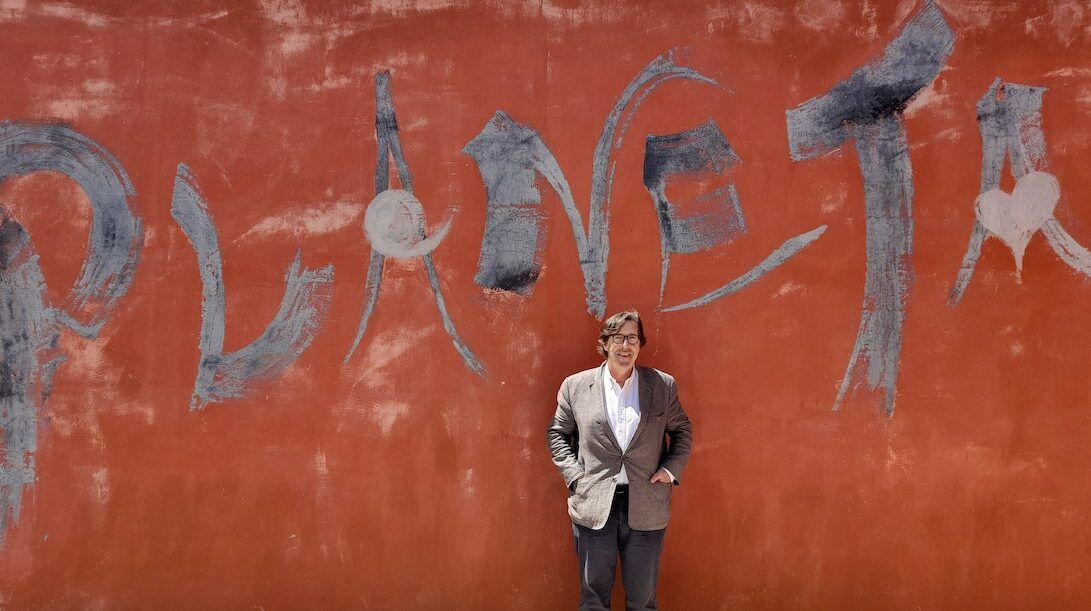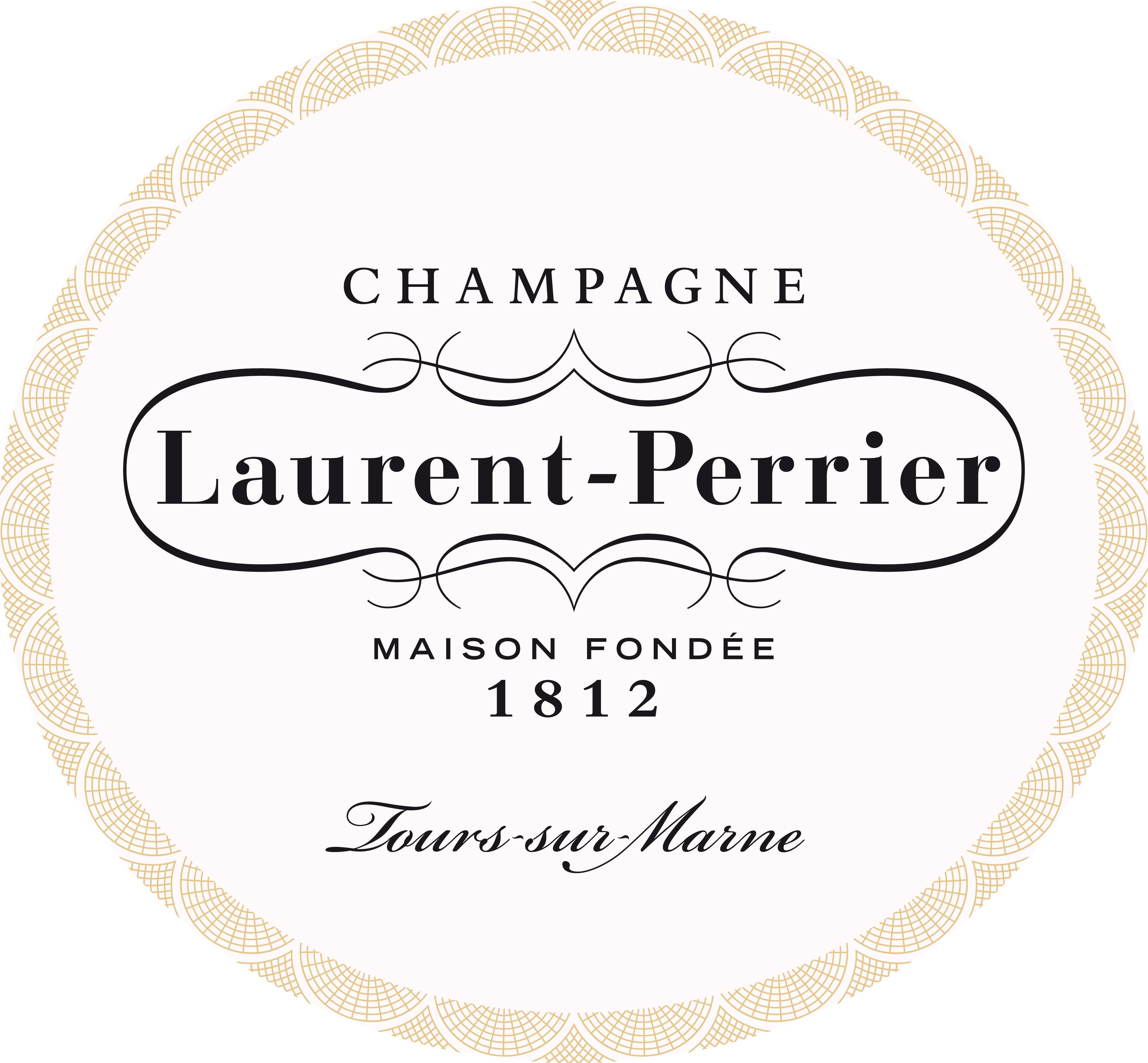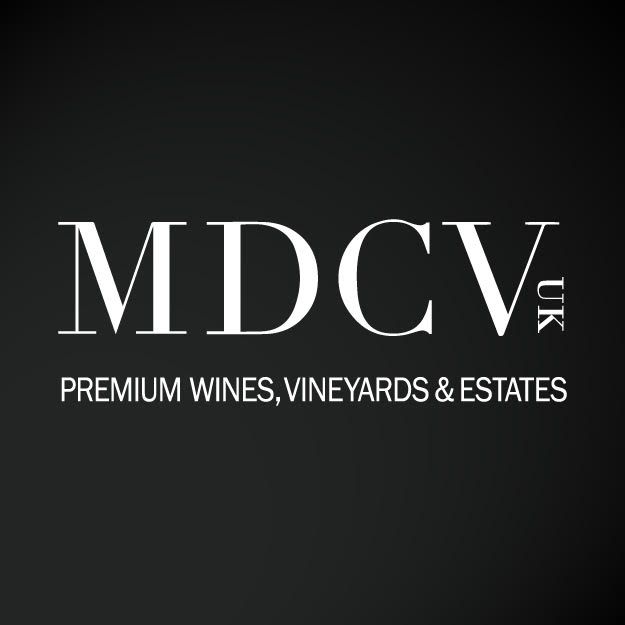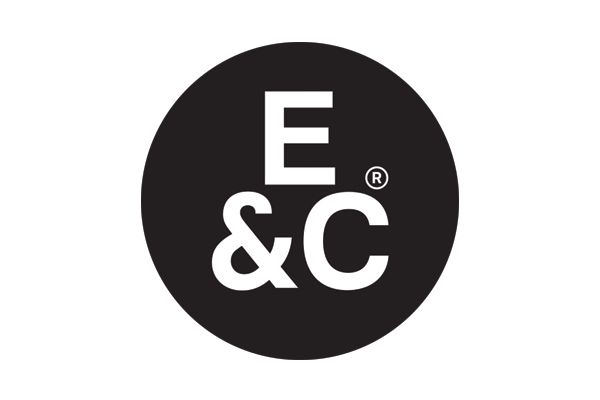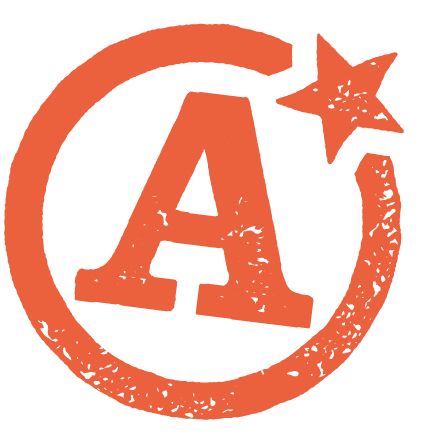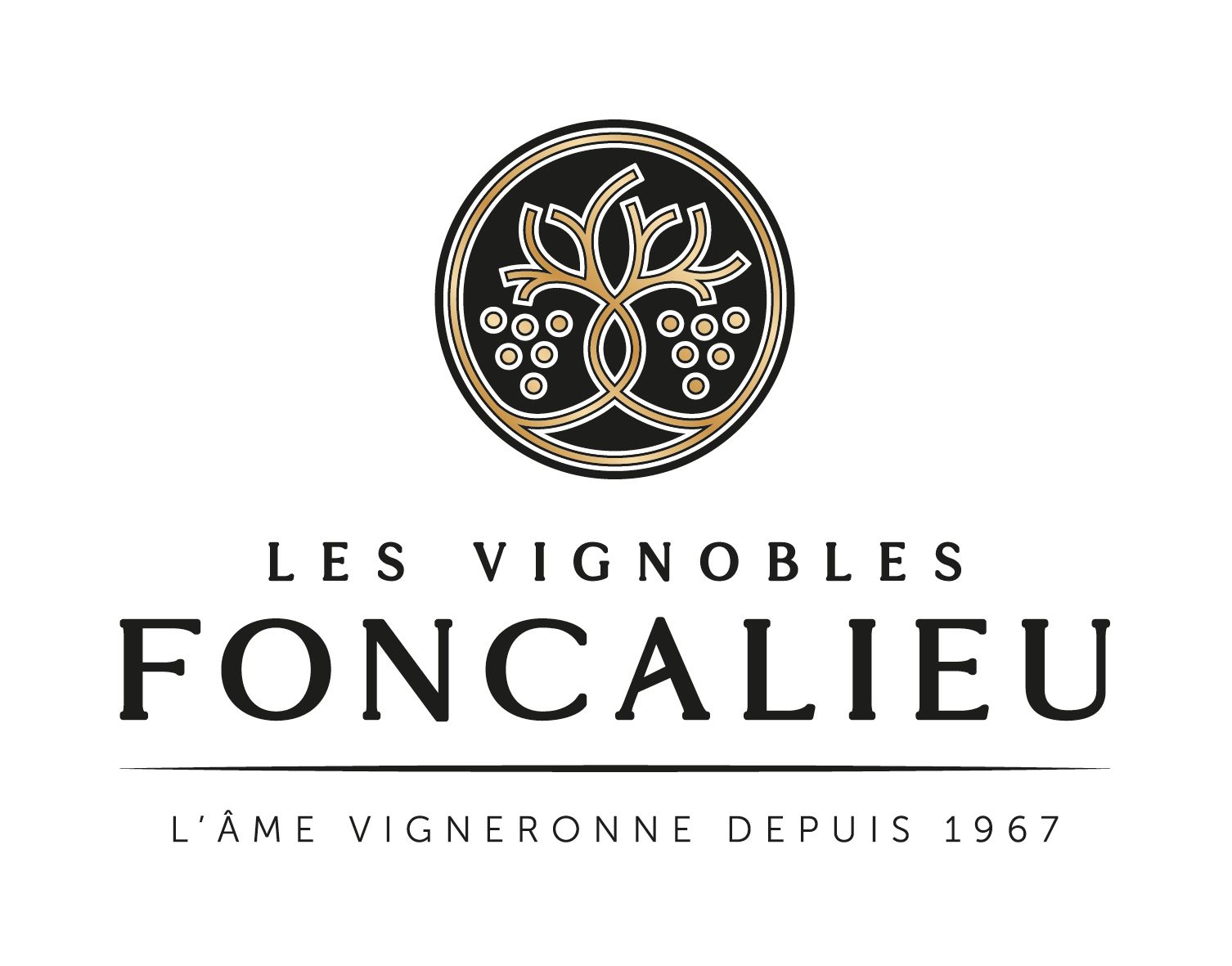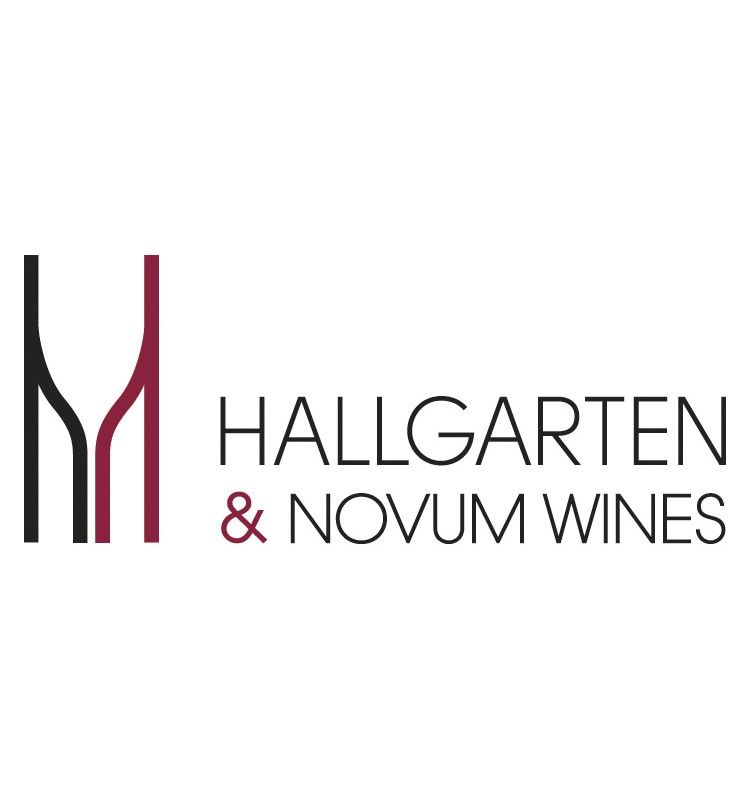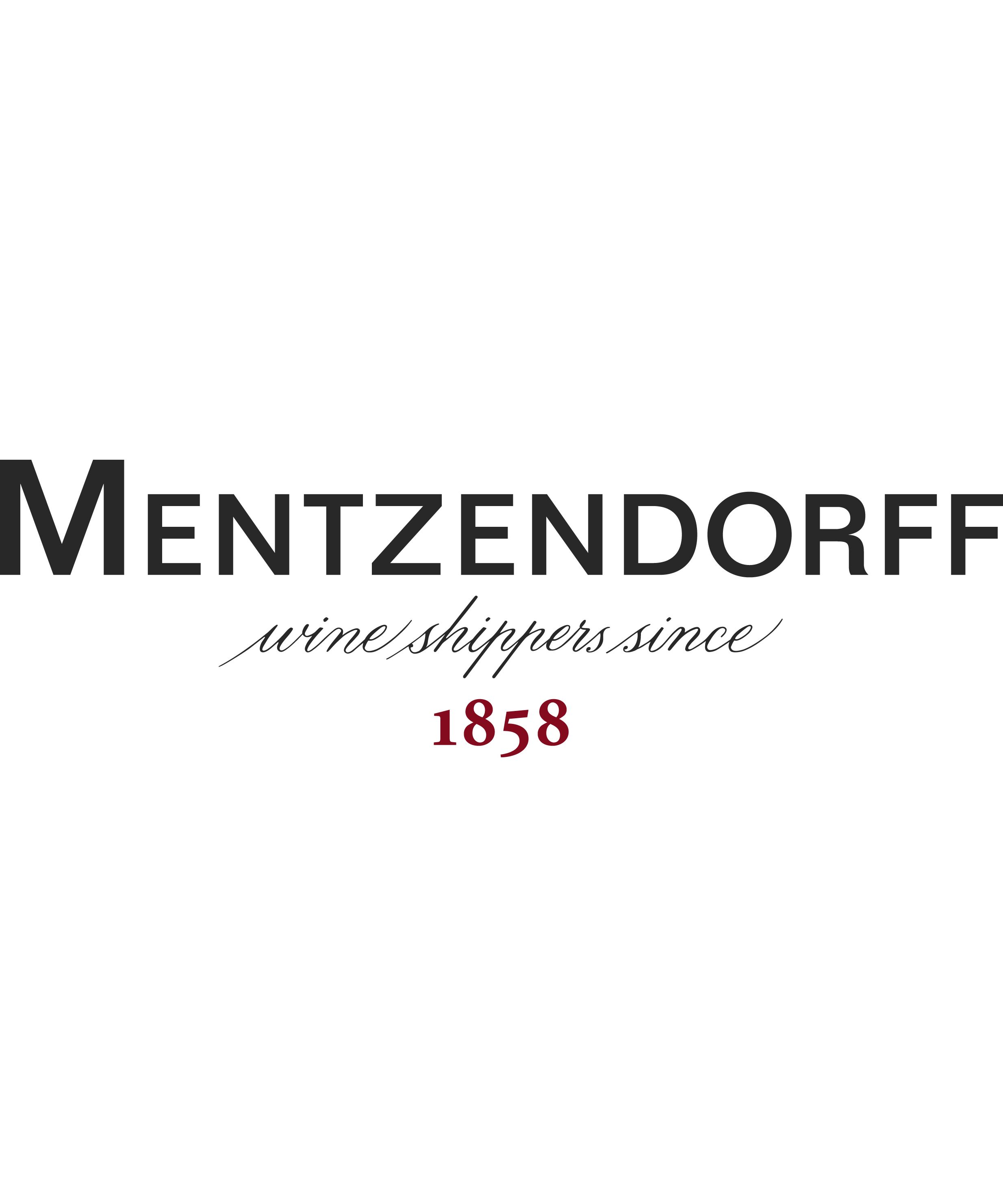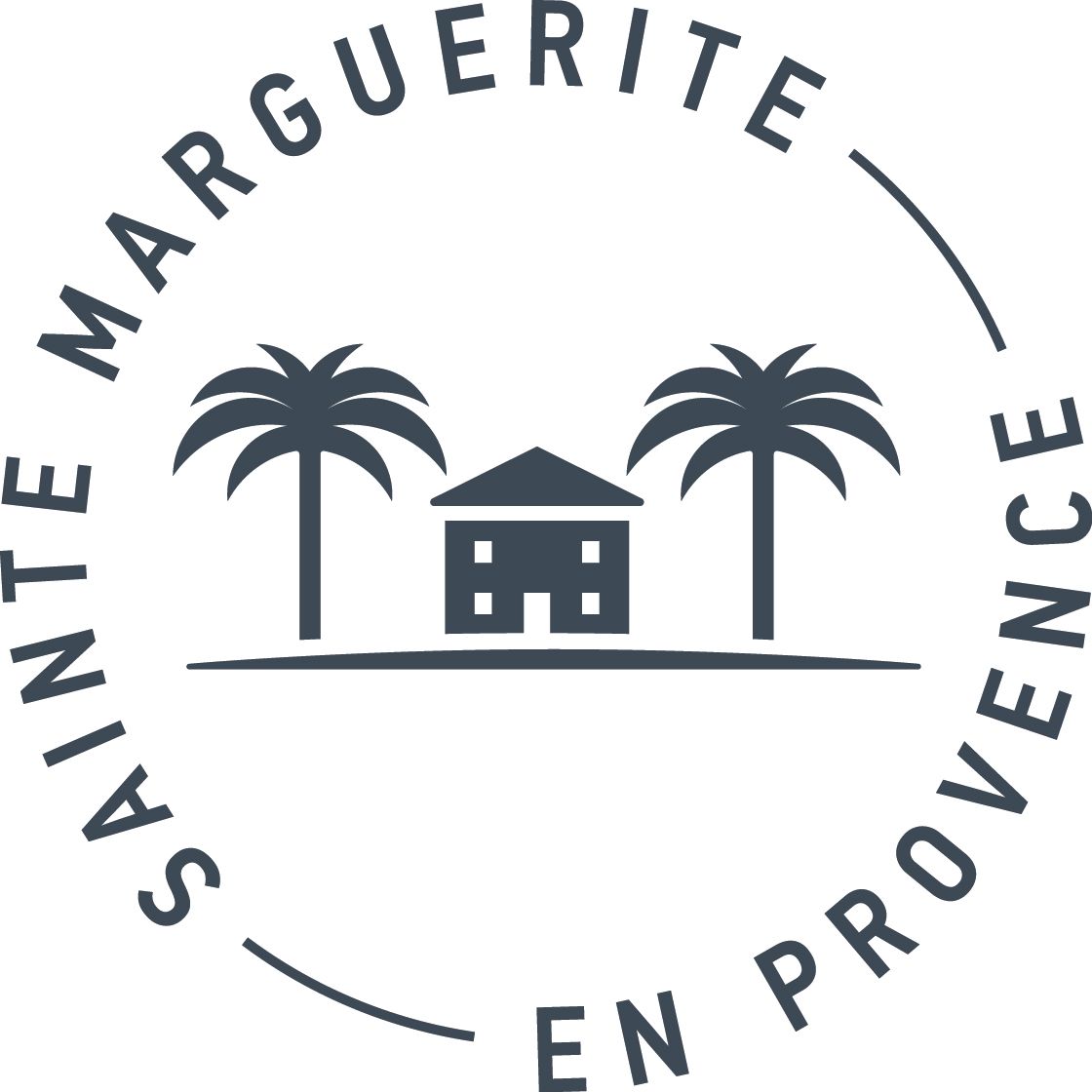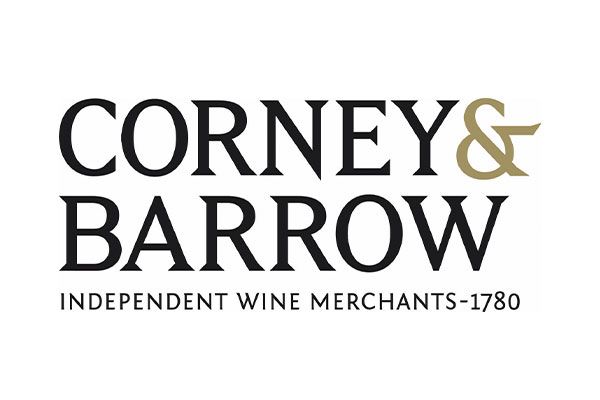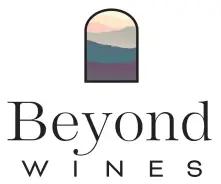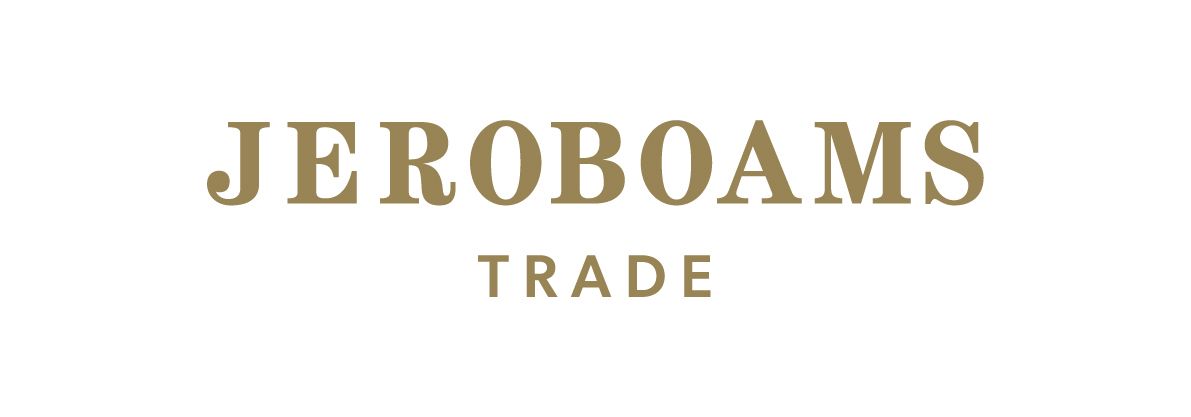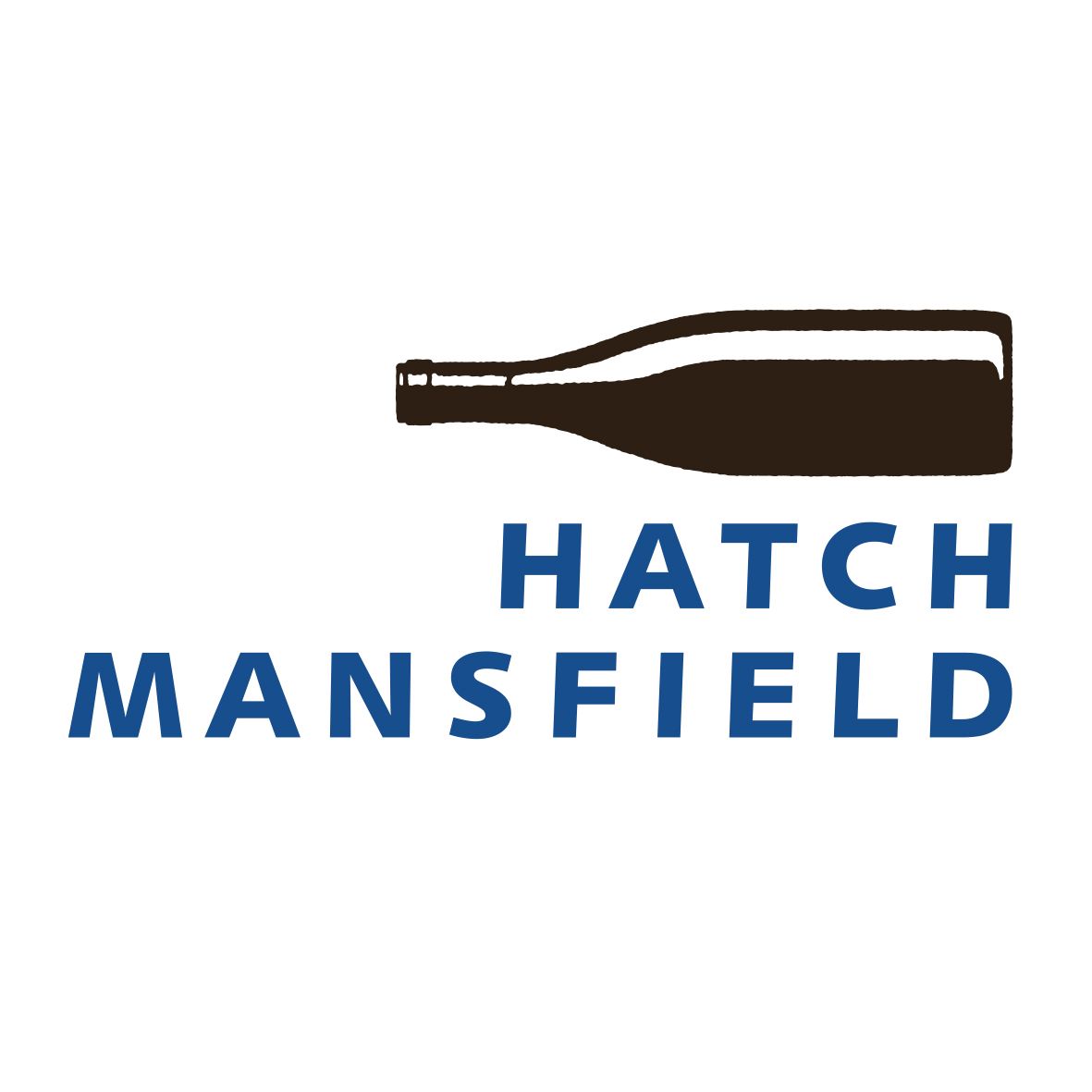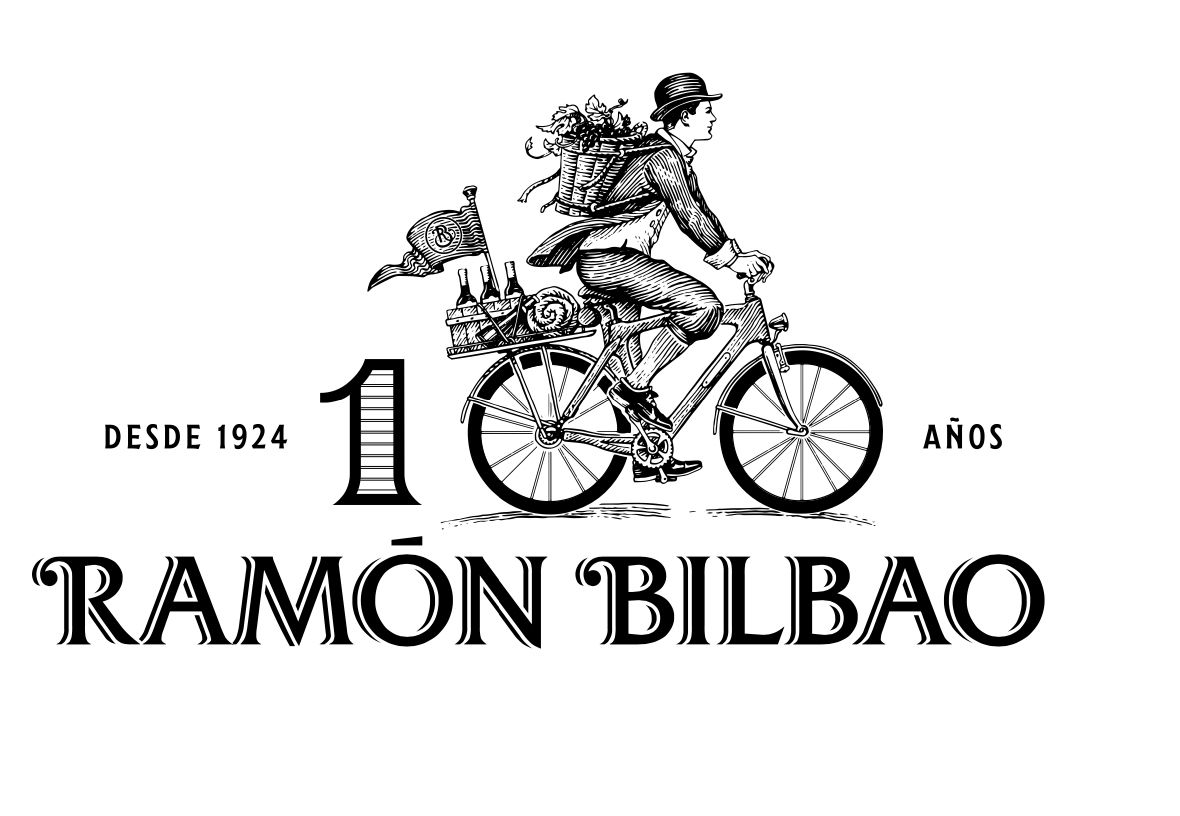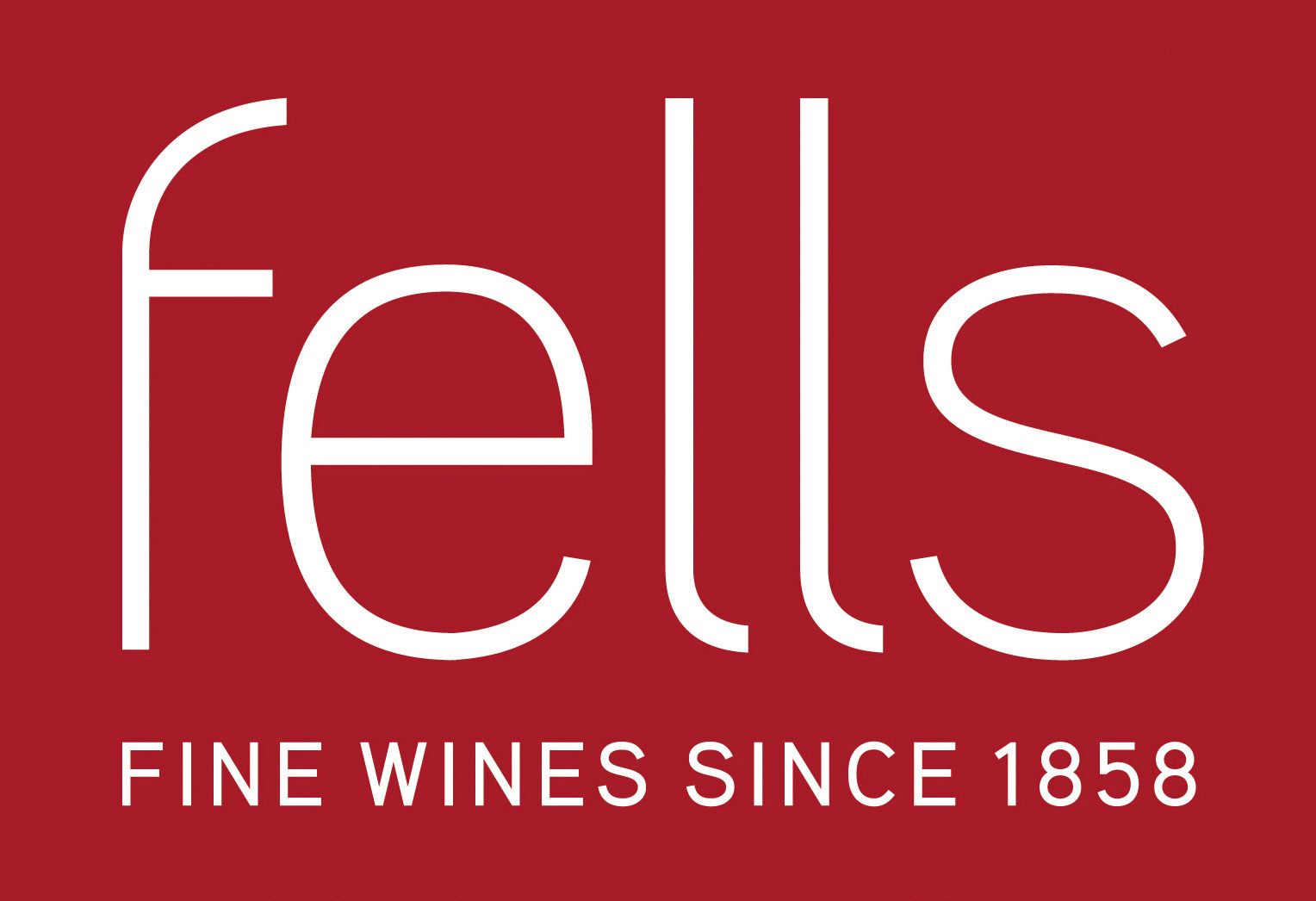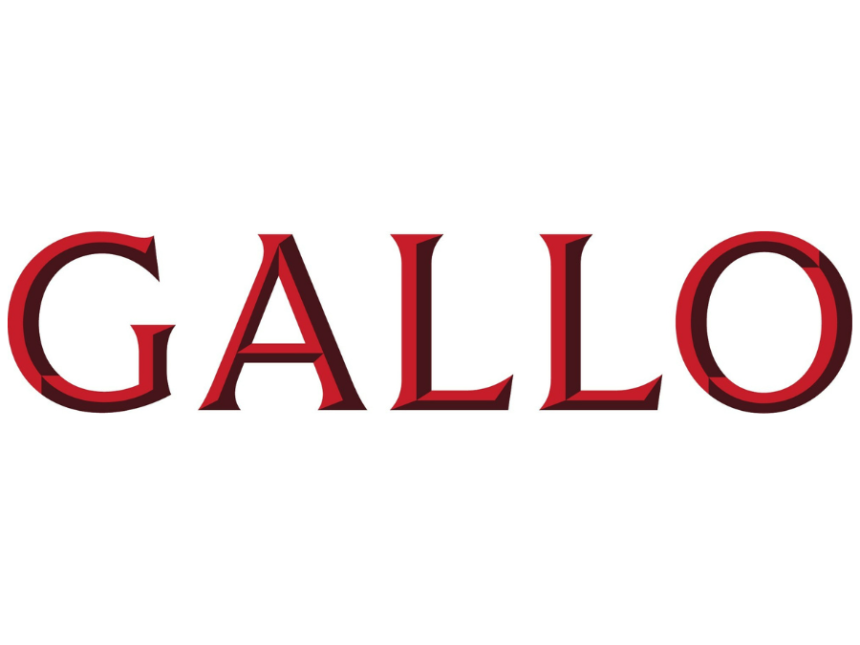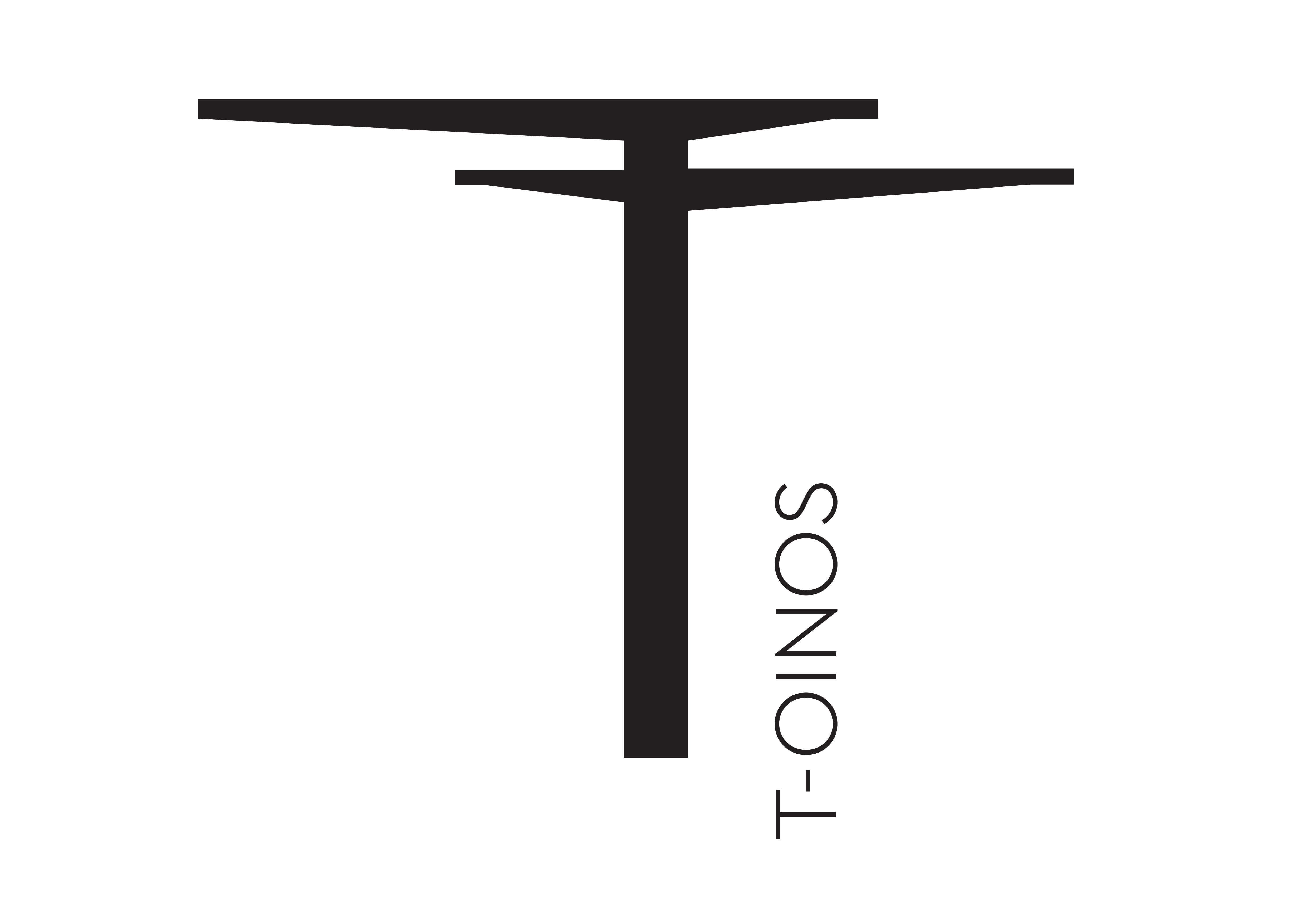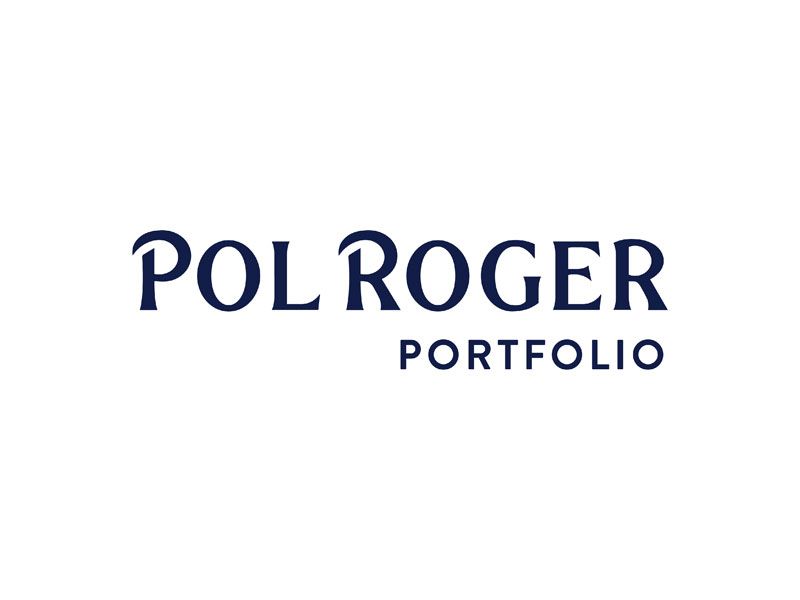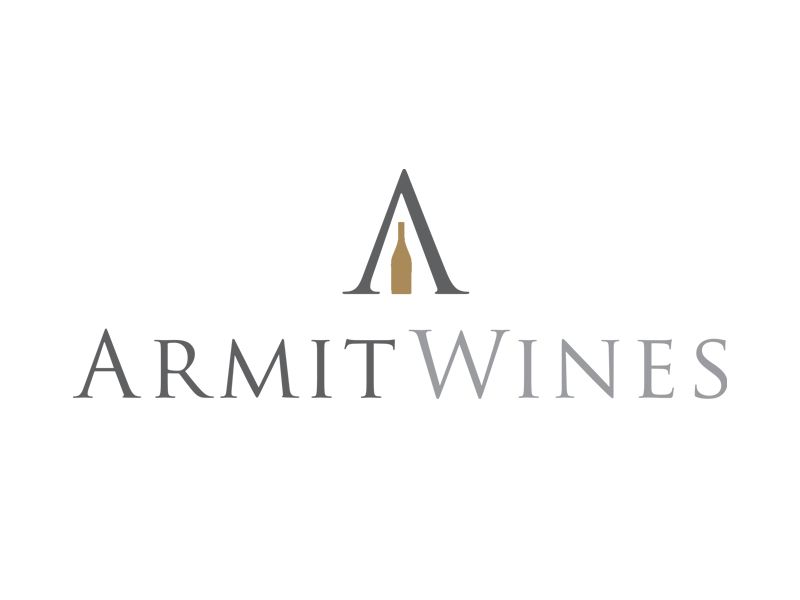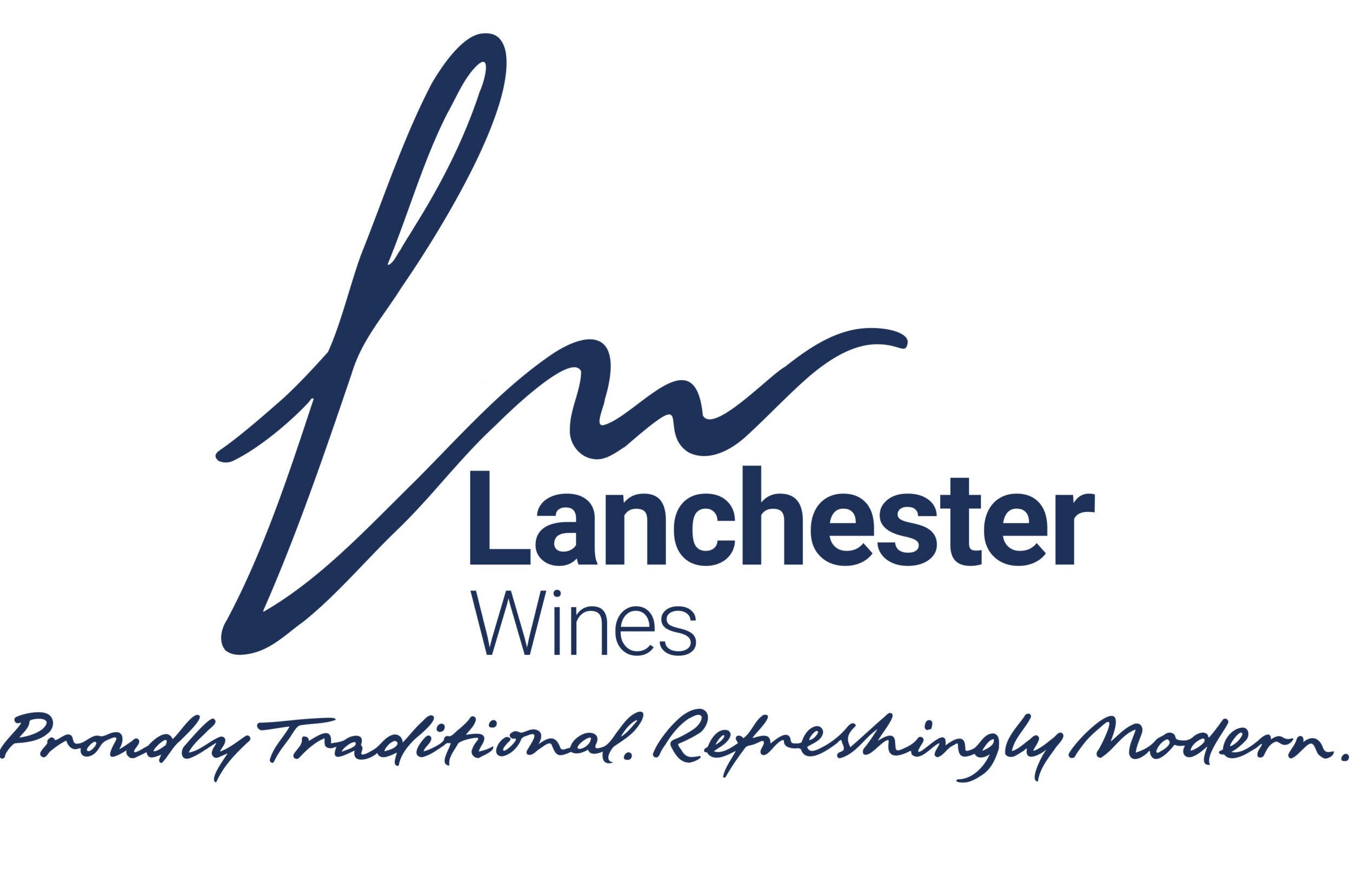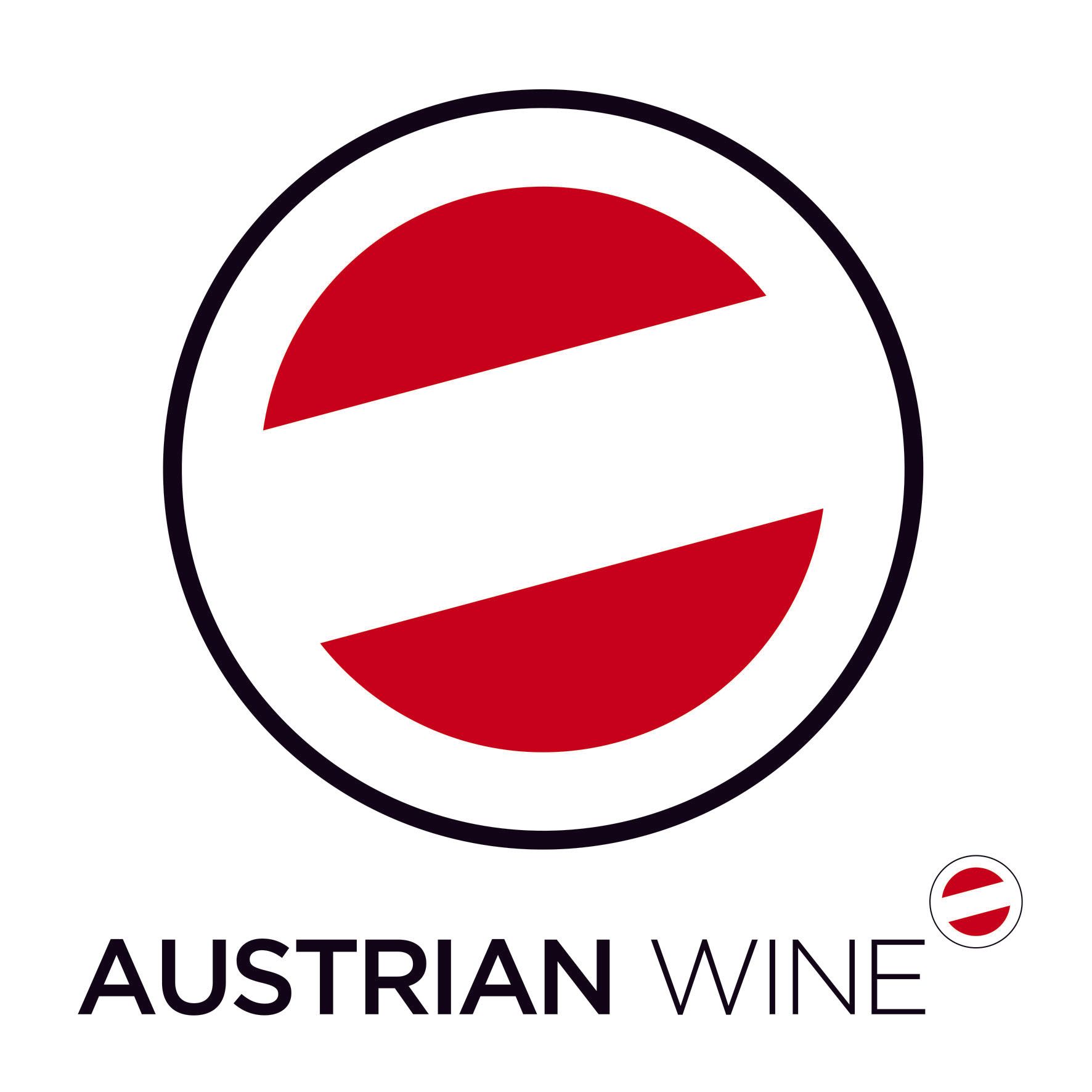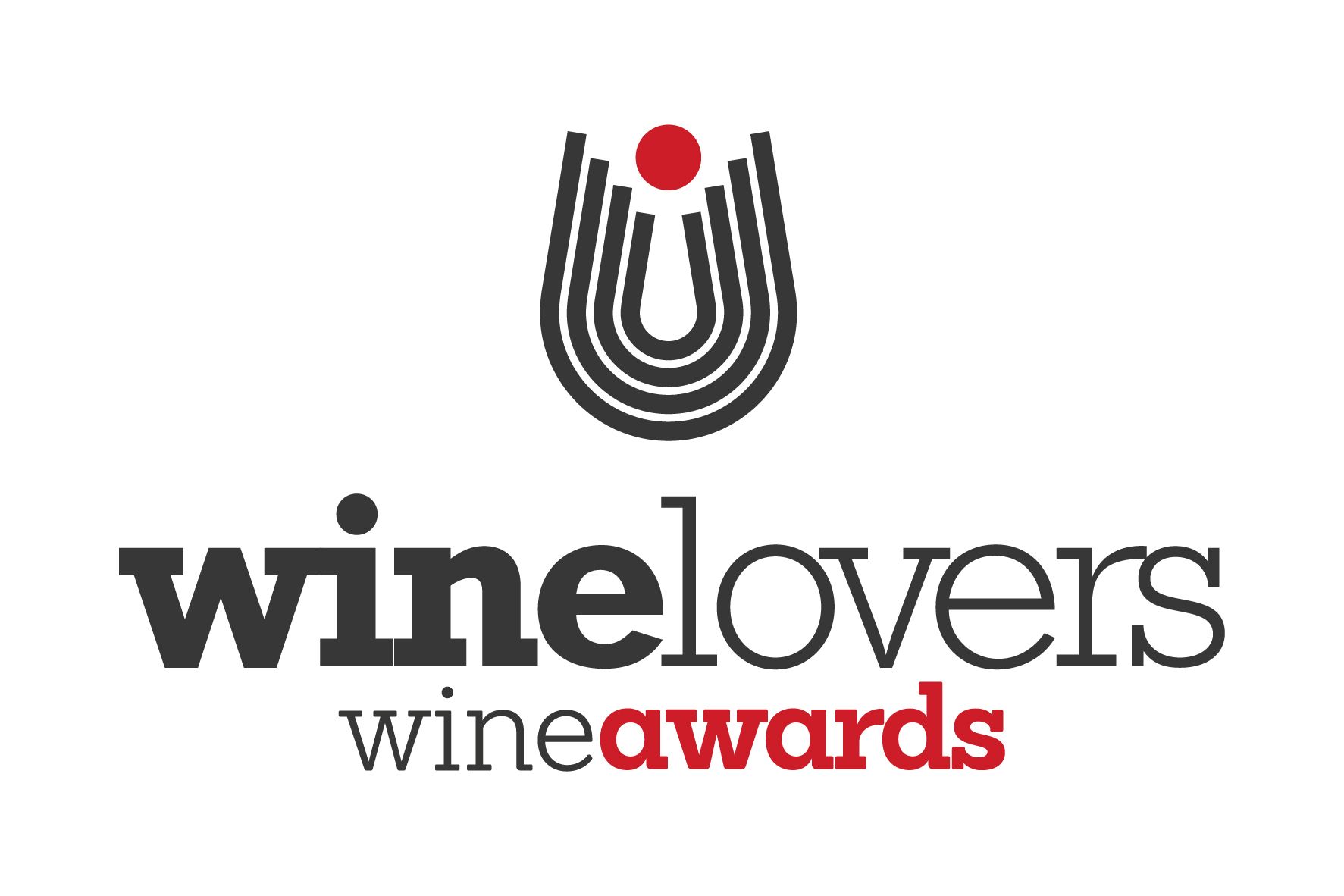When you get off the light plane that brings you to Pantelleria from Sicily 100km away, it is possible to spot a peak named Cap Bon 70km to the west across the Mediterranean if it is clear. It is part of the Tunisian coastline, rendering Africa closer than Europe to the 83-square kilometre volcanic island that is part of Italy (and one of the country’s 21 national parks). With a permanent population of around 5,000, which swells to 20,000 in the tourist season, Pantelleria is a veritable outpost, but home to one of the great sweet wines of the world - Donnafugata’s Ben Ryé.
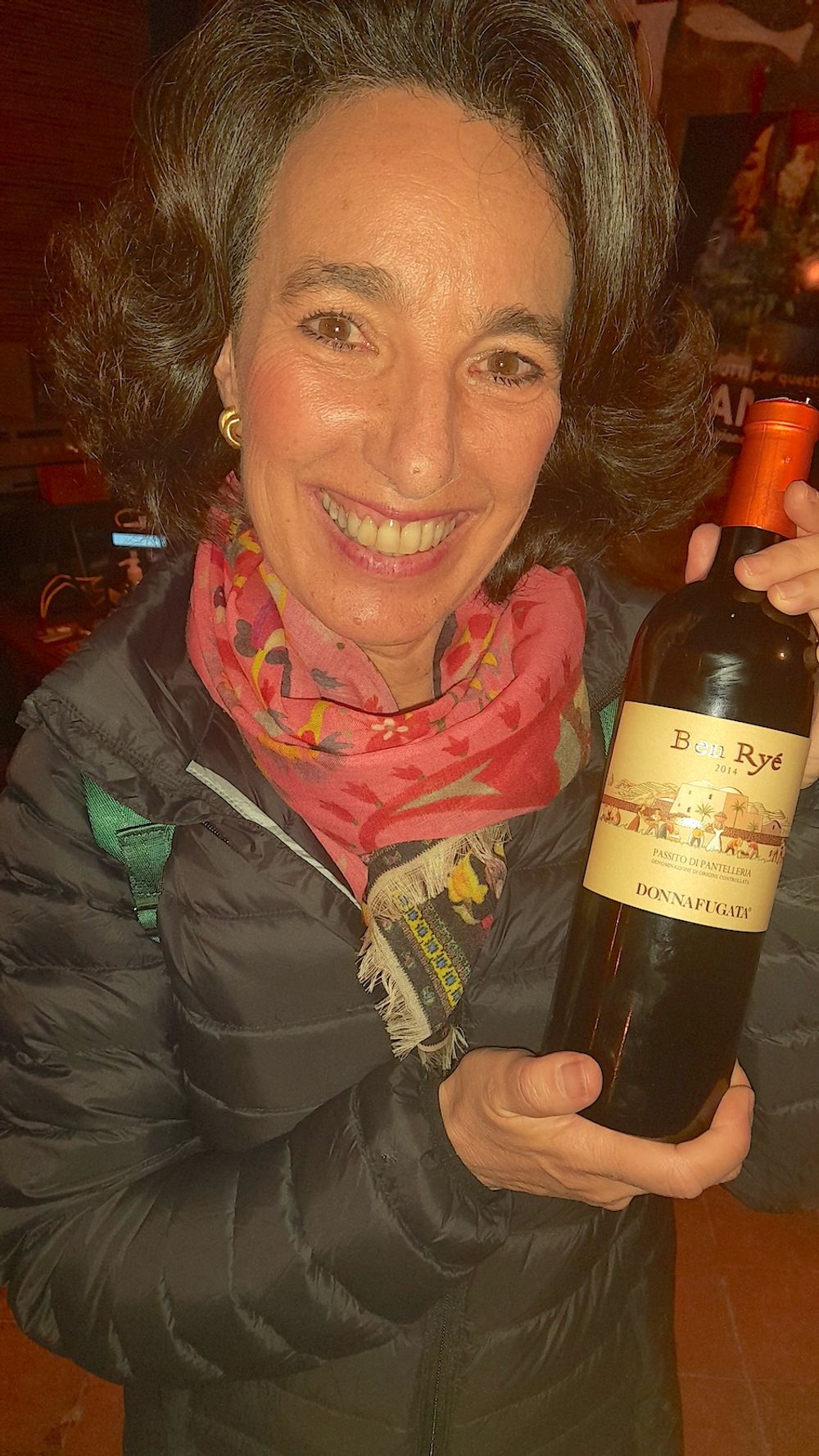
Jose Rallo of Donnafugata
The first vintage of this iconic Passito di Pantelleria, which has typically around 200g/l residual sugar, was in 1989 when Donnafugata’s owners, the Rallo family, christened it not with an Italian name but the Arabic words, Ben Ryé, which translates as ‘son of the wind.’ It was a doubly symbolic decision for the island is a permanently windy one, and the only grape permitted under its DOC rules is Zibibbo, which is thought to derive from the Arabic word for raisin, ‘zabib.’ And ‘apassimento’ – when grapes are left on mats to dry until they shrivel up into raisins – is the first process by which Ben Ryé is made.
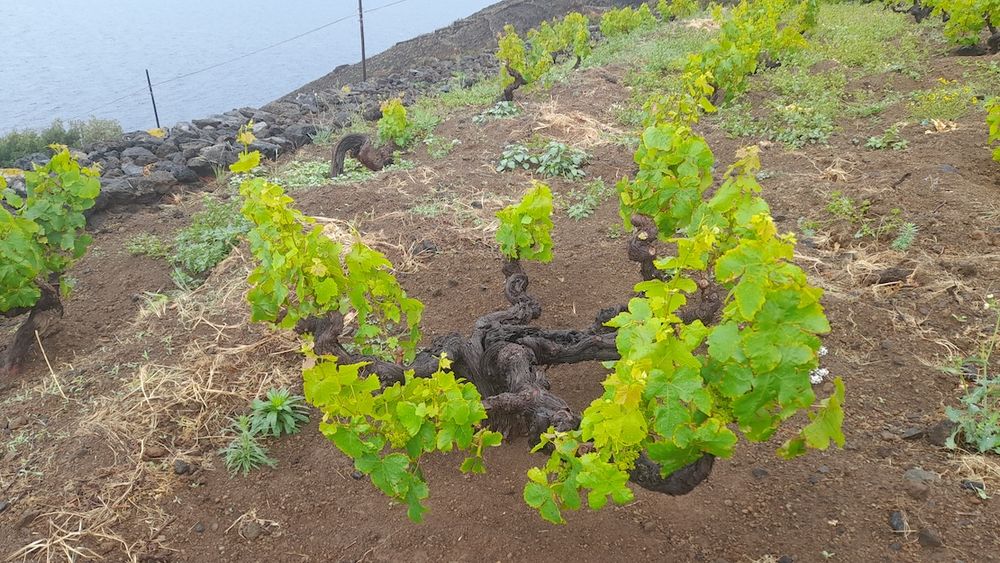
One four-pronged 80-year old Zibiddo vine would produce only one 75cl bottle of Ben Ryé
Some of the vines of Zibibbo, aka Muscat of Alexandria, are as much as 120-years old in Donnafugata’s Pantelleria vineyards. Others are 50 to 80 years-old, and the viticultural team never grub any up, replanting only when vines die off. The wind obliges low-trained bush vines, for if they were any higher, flowering would not take place. With only 450mm rain per annum, Zibibbo is a well-chosen variety as it is well-adapted to drought, and irrigation is only permitted for young replanted vines. Vines of all ages benefit from recurring morning dew, the reason why the island is so green.
Vines are planted from 20 metres above sea level to 400 metres, and to a density of 2,500 per hectare, normally yielding four tons of fruit. If yields are low in certain years, Donnafugata will buy in grapes from some of the 300 growers on Pantelleria. Salvatore Barraco, their head of viticulture on the island, revealed 4kg of fruit is needed to make one litre of Ben Ryé.
One four-pronged 80-year old vine I photographed would, therefore, produce only a couple of 37cl bottles of Ben Ryé. This was in one of the prime sites for the wine – Punta Karace – on very steep terraces bordered by drystone walls, of which Donnafugata has 40km in its 68 hectares under vine. Obsidian and basalt volcanic soils predominate here, giving mineral characters.
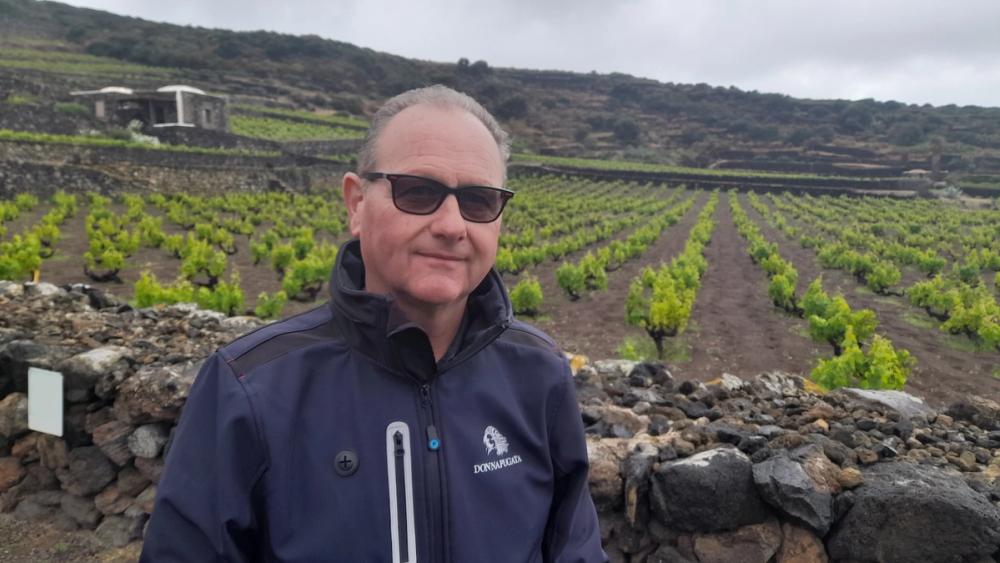
Salvatore Barraco, Donnafugata's head of viticulture on Pantelleria
Jose Rallo believes the winds that sweep constantly around the grape clusters bring real benefits, although to be able to withstand them, the vines must be cultivated in hollows that make them grow horizontally. This is known as ‘alberello pantesco’, which was recognised in 2014 by UNESCO as ‘intangible cultural heritage of humanity – a highly sustainable and creative agricultural practice.’
For Rallo, “the island’s winds bring with them a profusion of fragrances so powerful you can touch them.” Certainly, Ben Ryé is intensely aromatic - with balsamic scents of Mediterranean scrub and sweet notes of honey and fresh figs, as well as hints of citrus zest and a touch of salinity. On the palate, apricot, marmalade and mint notes delight.
Donnafugata’s production extends well beyond Pantelleria, for they make 30 labels in total from grapes grown all over Sicily. Liberty Wines imports a good number of them into the UK. As part of a laudable drive to lower carbon footprint, the estate is reducing its 75cl bottle weights from 550g to 400g in 12 of its labels, and using 90% recycled Sicilian glass. Other leading Sicilian wineries such as Planeta are following suit.
Candido winery in the Camporeale region
While farming organically on Pantelleria is too impractical for Donnafugata, the company does do so in other parts of Sicily. So too does the Candido winery in the Camporeale region in the west of the island, which is looking for a UK importer. Its most impressive wine was Vomere d’Oro 2021, IGP Terre Siciliane, made from the Perricone grape that, following recent DNA profiling, may well have a parent-offspring relationship with Sangiovese. Certainly, it shared the same appealing cherry notes as well as approachable tannins.
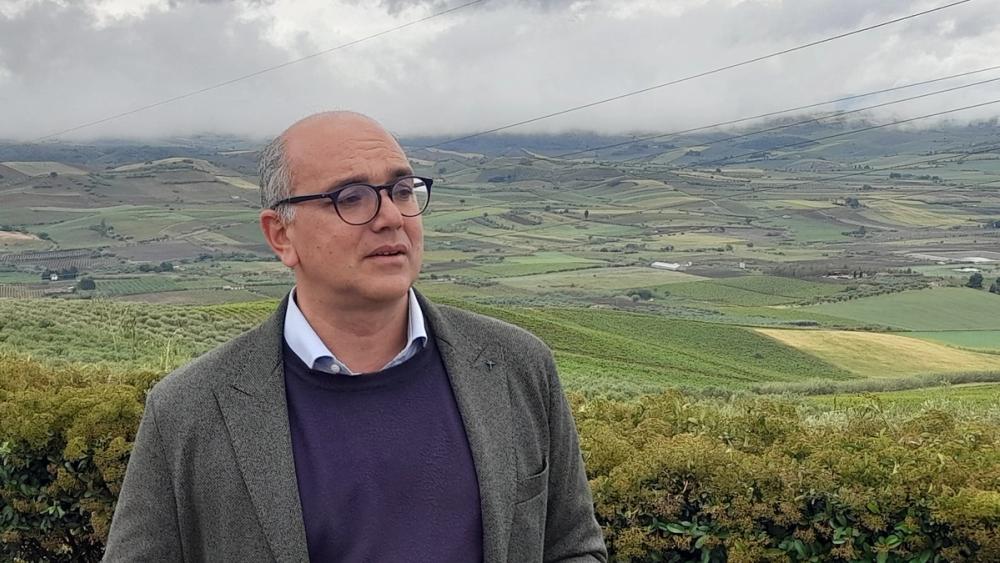
Mario Di Lorenzo of Feudo Disisa
Feudo Disisa in Monreale DOC
Likewise, Feudo Disisa, in the neighbouring DOC of Monreale, whose wines are imported by Leytons, make an excellent Perricone Granmassenti 2020. Mario Di Lorenzo, whose family acquired the estate in 1867, is a big fan of the varietal. “It’s from this area, and is usually blended with Nero d’Avola,” he said, “but from 2010, markets searched for something different and with typicity. It’s less easy than Nero d’Avola to produce as it matures very late but has more personality.”
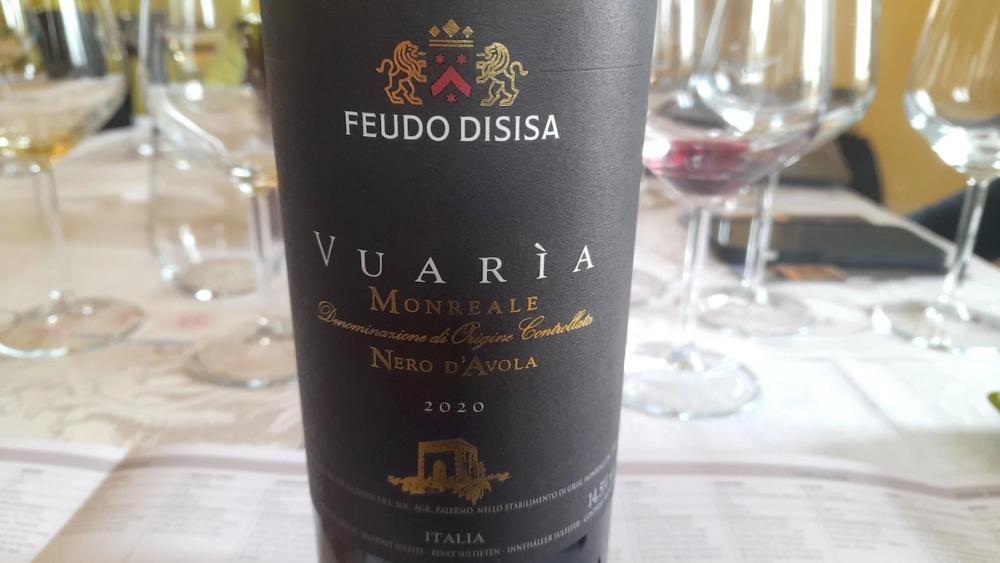
That said, Feudo Disisa’s Vuaria Nero D’Avola 2020 was a very fine example of the varietal. From low-yielding 28-year old vines, and only made in the best vintages, this was meaty with sweet chocolate notes. Also noteworthy were Feudo Disisa’s traditional method sparkling wines – Rene 2017 DOC Sicilia (100% Chardonnay, 60 months on the lees; zero dosage) - and its Lu Bancu Cataratto 2022, DOC Monreale. “We used to blend the Cataratto with Insolia but I think very interesting wine can be made from it,” Di Lorenzo declared.
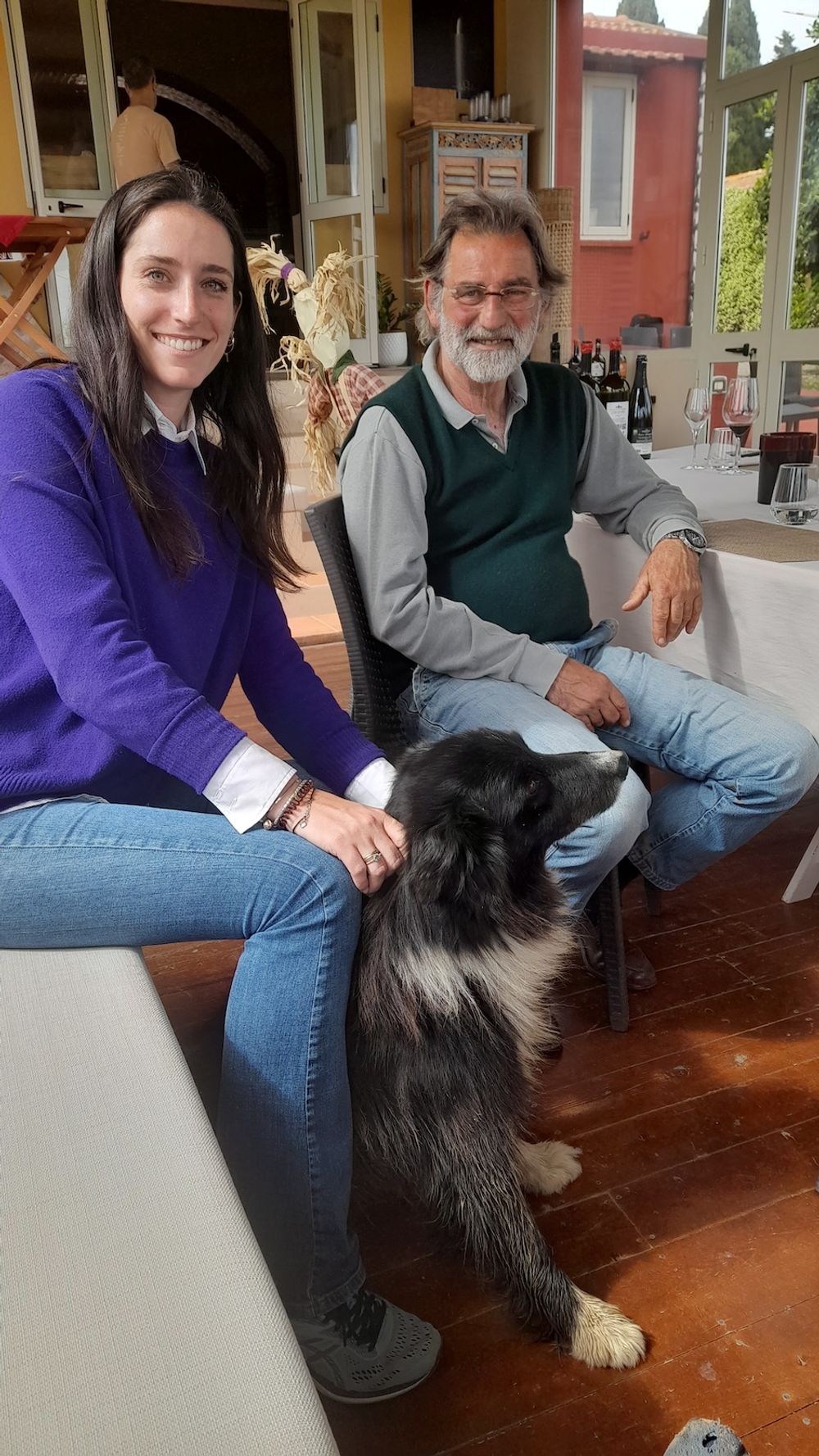
Francesco & Enrica Spadafora
Dei Principi di Spadafora winery in Monreale DOC
Two white grapes long associated with Sicily – Grillo and Chardonnay – find superb expressions at the Dei Principi di Spadafora winery, also in Monreale. Francesco Spadafora, part of a noble landowning family whose older cousin is a titled prince, is a delightful host at his Virzi estate, which has stunning views over 100 hectares of vines that rise to 450 metres. He makes 12,500 cases a year of premium wines that include some beautifully balanced Syrah, Cabernet Sauvignon and Nero D’Avola as well as a traditional method bubbly (from Grillo) named Enrica after his daughter, who handles sales.
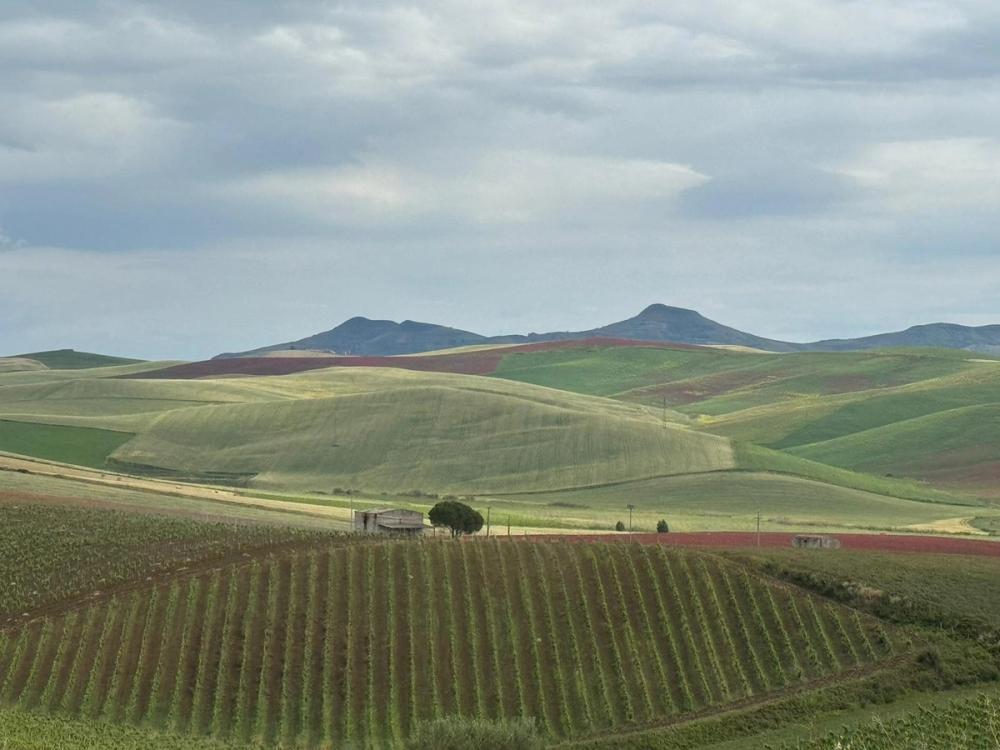
Spadafora vineyards
Spadafora likes to keep production low by dry-farming on soils that are mainly sandy with clay and a little limestone. The fruit for his outstanding Sole dei Padre Syrah 2008, which is farmed organically, came from his highest, oldest and lowest-yielding vineyard (only 0.8kg grapes per vine). Thanks to winds he describes as ‘omnipresent’ as well as altitude, he does not need to add any acid to his reds, which possess notable freshness. He also largely eschews new oak, letting his fruit and terroir express themselves in what is an outstanding range of wines that are labelled with the region-wide Terre Siciliane IGT designation.
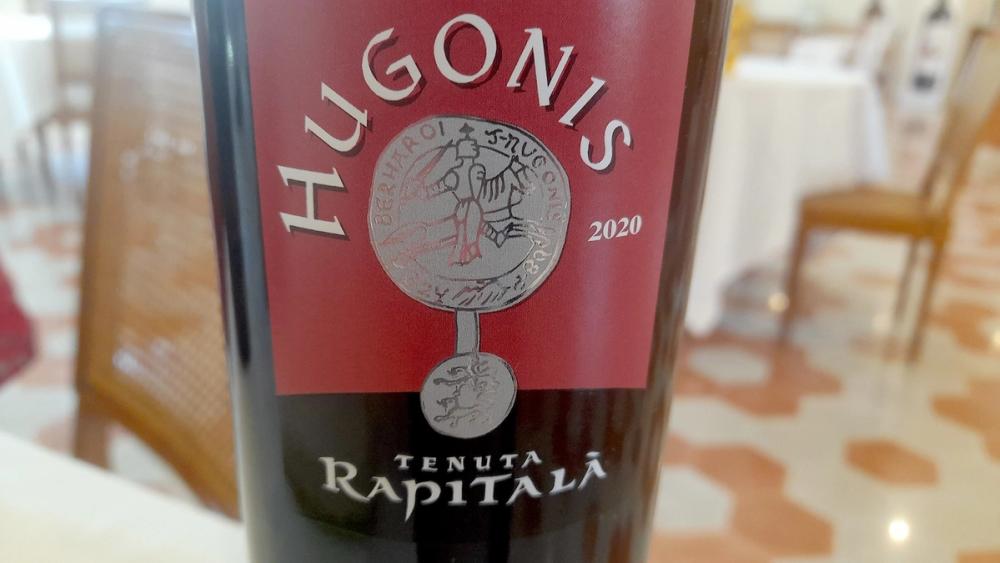
Tenuta Rapitala in Camporeale
What fruit Spadafora does not vinify is sold to local cooperatives and wine giant, Gruppo Italiani Vini’s Tenuta Rapitala. This is located in Camporeale, where it has 176 hectares under vine, mostly in the Alcamo area on rolling hills between 300 and 600 metres. Many of the vineyards are farmed organically.
It makes 600,000 bottles per annum of mid-market or premium wines under the Tenuta Rapitala label, and another 400,000 under the plain Rapitala label that is sold in supermarkets. The range of the former is imported by Matthew Clark, with a couple of personal favourites being the Hugonis 2020 (a 50:50 blend of Cabernet Sauvignon and Nero d’Avola) and the sweet Cielo d’Alamo (60% Cataratto, 40% Sauvignon Blanc; 160g/l RS).

